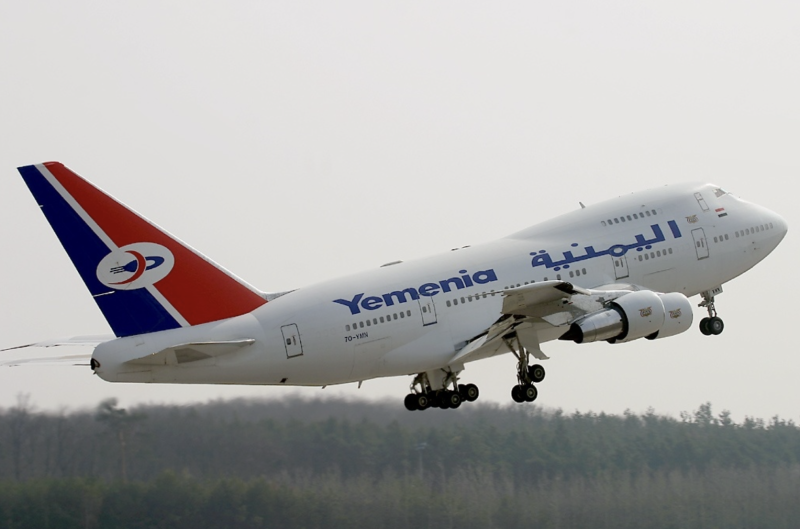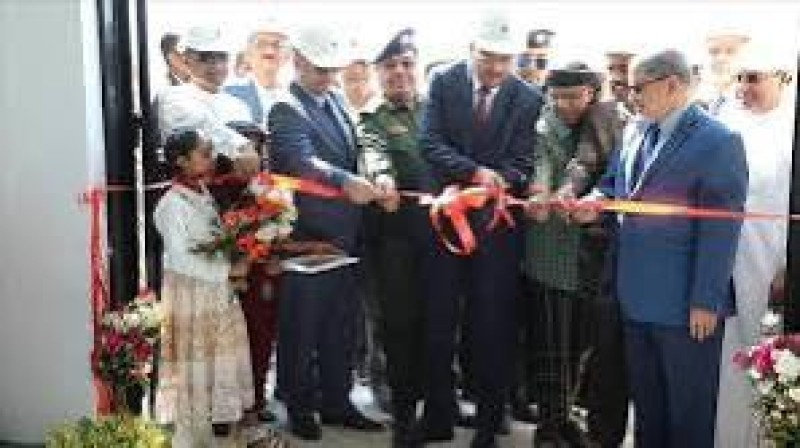Yemen Food Security Outlook, April 2022


High food prices persist despite local currency appreciation, limiting food access for the poor
Key Messages
Despite seasonal improvements, access to food and income remain below average for most poor families, especially those with irregular income or only one main source of income. On the one hand, poor households’ food consumption and dietary diversity slightly improved in April during the holy month of Ramadan due to associated in-kind and financial support (Zaka’a) provided by individuals and charities as well as increased remittances. In rural areas, peak selling prices of livestock are also increasing some pastoral families’ access to food and income, though poor households often have to sell livestock for income before the time period of peak prices. On the other hand, food prices remain significantly above average despite recent slight declines.
Despite recent positive political and economic developments, including the formation of a new Presidential Leadership Council (PLC) and the announcement of significant financial aid packages from Gulf countries, the local currency has not yet stabilized and continues to fluctuate, especially in areas under IRG control. After a period of appreciation earlier in the month, the Yemeni Rial (YER) has been depreciating in late April, reaching 1,040 YER/USD in Aden and 561 YER/USD in Amanat Al Asimah (Sana’a city) by April 26. Overall, by April 26, the value of the YER remained around 17 percent and 5 percent higher in Aden and Amanat Al Asimah, respectively, compared to the same date in March 2022.
Fuel supply and prices have significantly improved in areas under SBA control, alleviating severe fuel shortages ongoing since late 2021. As a result of the recently agreed ceasefire, 18 fuel vessels have been granted permission to berth and discharge at the Red Sea ports of Al Hudaydah and As Salif. According to UNVIM, 52,526 MT of fuel had been discharged from April 13 to 19. As a result, the Sana’a-based Yemen Petroleum Company (YPC) reduced the official price of petrol by 21 percent from 16,000 YER/20L to 12,600 YER/20L as of April 12, and further 5 percent reduction was announced on April 23. Meanwhile, on April 18, the YPC-Aden lowered petrol prices in Aden from 19,800/20L to 18,600/20L. However, fuel prices nationwide remain subject to changes in the local currency rate and global fuel prices.
Though some households are likely experiencing temporarily improved food consumption and Stressed (IPC Phase 2) or Stressed! (IPC Phase 2!) outcomes, Crisis (IPC Phase 3) and Crisis! (IPC Phase 3!) outcomes are expected to remain widespread, with millions of poor families nationwide facing food consumption gaps or using negative livelihood coping strategies to meet their needs. Recent slight improvements are expected to be short-lived, as seasonal sources of food and income are exhausted and, in IRG areas, as purchasing power declines during the June to September projection period. Many poor households are likely to again face consumption gaps and Crisis (IPC Phase 3) or Crisis! (IPC Phase 3!) and Emergency (IPC Phase 4) outcomes, particularly in lowland areas during the agricultural off-season.

Aden -- Yemen Airways has announced the cancellation of the mandatory round-trip ticket requirement for passengers traveling from Yemen to Saudi Ar…

Aden — Ports under the authority of Yemen’s internationally recognized government have received more than two million metric tons of fu…

Mukalla — Local authorities in Hadramout have announced the inauguration of Yemen’s first solar-powered cement station, a landmark proj…